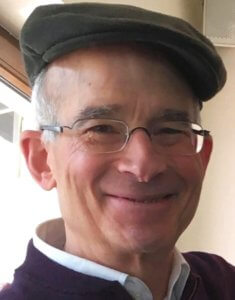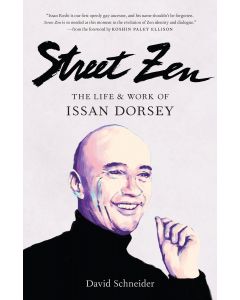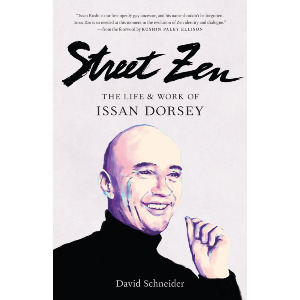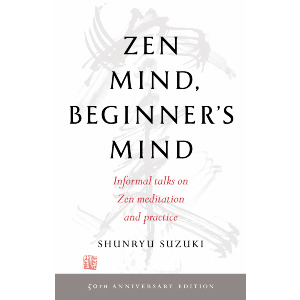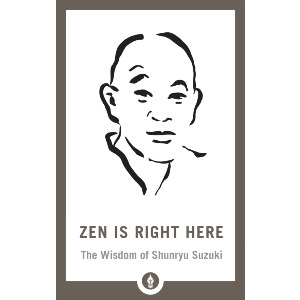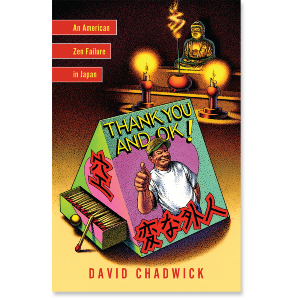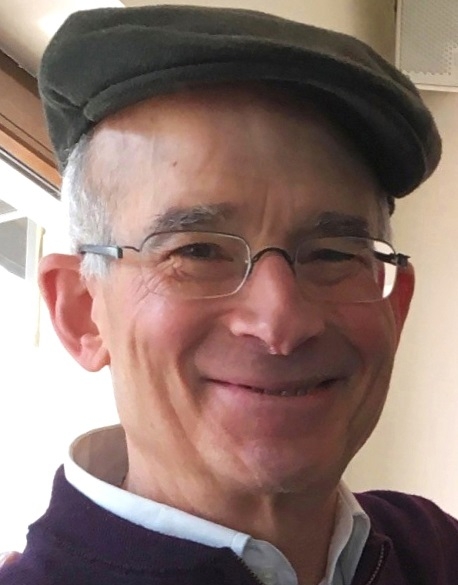

David Schneider
Tensho David Schneider began Zen practice in 1970 and was ordained as a Zen priest in 1977. He held the position of acharya (senior teacher) in the Shambhala International community from 1996 to 2019. He is coeditor with Kazuaki Tanahashi of Essential Zen, and author of Crowded by Beauty: The Life and Zen of Poet Philip Whalen. He lives in Cologne, Germany.
David Schneider
-
 The Teacup and the Skullcup$17.95- Paperback
The Teacup and the Skullcup$17.95- PaperbackBy Chogyam Trungpa
Edited by Judith L. Lief
Edited by David Schneider
GUIDES
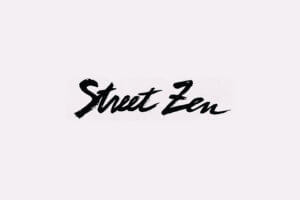
An excerpt from Street Zen
Tommy (Issan): “So off I went barefoot, patched pants, long hair. We got up an hour before you were supposed to be there: me, Mickey, and James used to come with us sometimes too. We’d get up in the morning, have a cup of coffee, smoke a joint, and go off to the Sokoji Temple to sit. We were living at Mickey’s house in the Haight then. It was a long walk, and it was freezing cold, but we’d get up and walk in the cold. It was like we were flagellating ourselves. We probably could have figured it out better.”
Mickey recalls that even after arriving, there was more figuring to do: “We went to the temple, and we went in there, and went up along the little balcony. I says, ‘Well, what do we do?’ I’ll never forget this—Tommy says, ‘Well, let’s do what they’re doing.’ I said, ‘Well, they’re just facing the wall,’ so he says, ‘Well then, let’s face the wall.’ I said, ‘Okay, seems simple enough to me.’ That’s how we started with Buddhism.”
If any of us had arrived at any other practice place in the world, we wouldn’t have been allowed in the front door.
But the reason these two shriven yet unsavory hippies were whispering at 5:00 a.m. about a practice that neither of them knew—the reason, in fact, that anyone at all was sitting in the balcony of the Sokoji Temple facing the wall—was a quiet, humble, and extraordinarily potent Zen teacher called Suzuki-roshi, who himself rose at that hour to sit with his disciples in the meditation known as zazen. . . .
Suzuki-roshi inflicted as much decorum on his students as possible, but he did it primarily through example and simple observation. He made pointed contact with the practitioners every day. Tommy: “After zazen was over, you had to file through his office to get out. I figured that that was what you did everywhere, but no, this was his special thing. Each person had to pass him. Each person would come in front of him, and he’d look you right in the eye, and bow to you, and you’d bow back. He bowed to every single person.
“There weren’t really any rules about anything. You should have seen the people who arrived at Sokoji Temple—if any of us had arrived at any other practice place in the world, we wouldn’t have been allowed in the front door. But Suzuki-roshi used to bow to us.”
While Zen Buddhism looked exotic, the actual practice of zazen couldn’t have been more plain . . .
The gentle, daily, very personal inspection by a Zen master had its effect, often making students notice their own deportment more carefully. Tommy himself rounded a big corner in grooming: “I remember riding a bus to Sokoji—later we figured out how to do it on a bus—and I had my feet crossed, my bare feet. I looked at my feet and I thought, ‘My god, am I sitting in the zendo with those filthy feet? It never occurred to me before, so that’s when I bought some zoris. I didn’t have a pair of shoes because I used to run barefoot. I ran barefoot for years.”
But what was it that Tommy and Mickey (and about thirty other people) were converging to do each morning at the antisocial hour of 5:00 a.m.? Exactly nothing. While Zen Buddhism looked exotic, the actual practice of zazen couldn’t have been more plain: a person simply sat still for forty minutes at a time, facing a blank wall. Senior students gave newcomers instructions about proper body posture during zazen—back straight, eyes half open, mouth closed, legs folded stably, arms relaxed, and hands forming a kind of circle. They told them to “follow” their breath, or to count their exhalations one to ten, and they told them that should their minds wander, to simply return their attention to posture and breath.
Necessary acts of eating, sleeping, washing, working, and cooking were regarded as sacraments . . .
Suzuki-roshi emphasized that this practice—zazen—was the ultimate goal of Zen; there wasn’t another enlightenment to attain. He didn’t completely dismiss the notions of satori or nirvana—so popular with the Beats and with the hippies after them—but he taught that they were already present in the simple sitting practice. Zazen, he stressed in lecture after lecture, was not a means to enlightenment but was rather the fullest and most complete expression of enlightenment. Like it or not.
Thus the specifics of meditation became significant. What shape Buddha would you be? Students sometimes fixated on tiny distinctions—the hand mudra should be held just here, actually a little higher, and closer to the body, and the chin should be tucked slightly more—and the same scrutiny applied to meditation in action. How to move in the zendo, how to take a seat properly, and rise from one after a period of sitting, which foot was used to enter the room, and which was used to cross the threshold on the way out—these things counted, there was a way to do them. Suzuki-roshi demonstrated that the Buddha’s path was expressed not only in formal zazen but in mindful awareness of the details of daily life. Necessary acts of eating, sleeping, washing, working, and cooking were regarded as sacraments; not holy in the usual sense of the word, but vivid and poignant.
With his Buddhism of simple meditation and direct, clear mindful action, Suzuki-roshi hooked Tommy . . .
Share
Related Books
